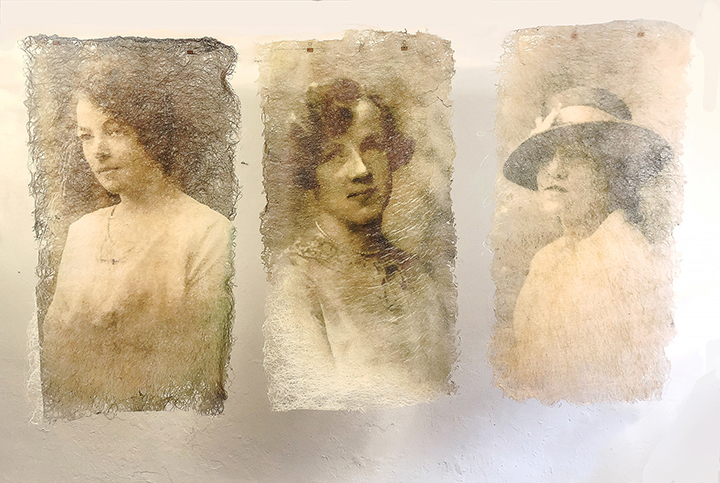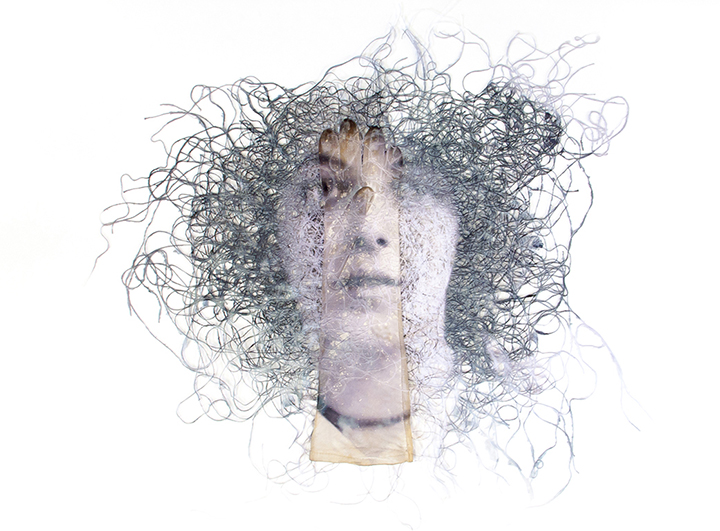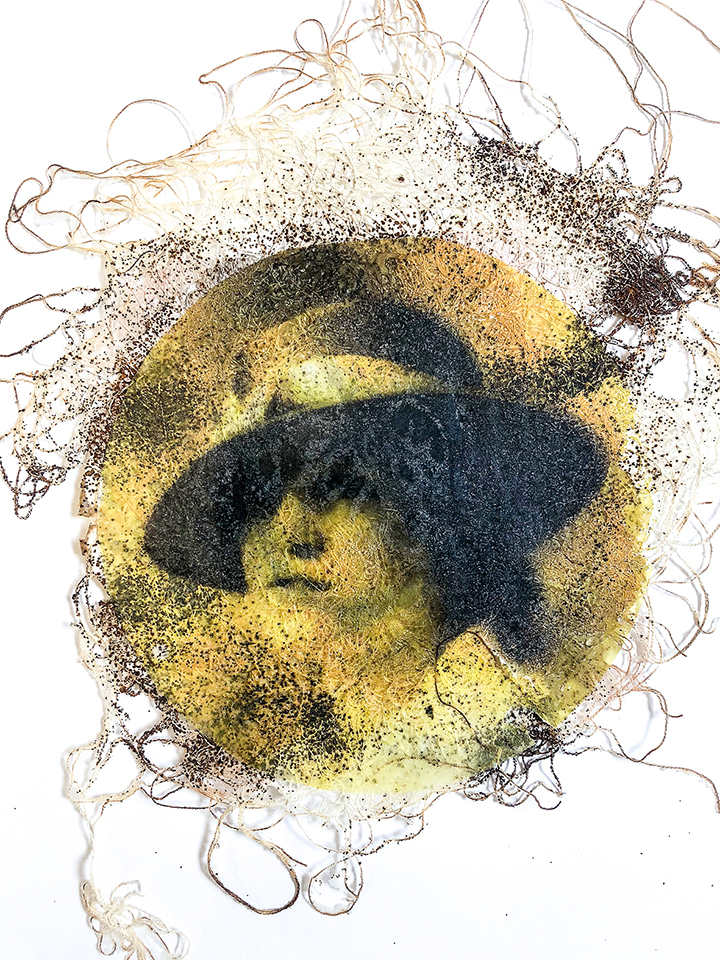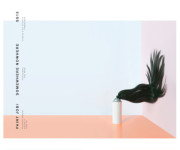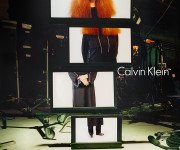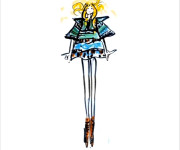My mother’s parents lived in Bramley, a suburb of Leeds in West Yorkshire, England, at the beginning of the 20th century. A working-class family of the time my grandmother was a fine worsted mender at Airedale Mill in Rodley next to the Leeds and Liverpool canal. The back to back working-class terrace they lived in had a cold stone basement cellar used as a cool store pantry before the invention or affordability of refrigerators. It acted alternatively as a bomb shelter during the Second World War. There was a small living room and kitchen on the ground floor and two small rooms upstairs. Each house had an attic and, I seem to recall, my mother used to tell of how these were all connected at one time so you could walk from one to another. The attic, a space of mystery, held forgotten stories and secrets, as in children’s books and fairy tales; a monster under the bed or strange lands through hidden doors, magical routes to other worlds. There was a large wardrobe full of clothes once worn but now forgotten, handmade dresses created by skills now lost, thrifted and remade during the war, many no longer fitting, shaped as memories of former times and other people, standing forlorn now in the corner. The wardrobe in memory and reality is an archive of ghosts waiting to step out to “appall us, haunt us, perhaps even console us” (Stallybrass 2016, 72[1]). These clothes told stories of prescience and intimacy recalling past lives lived through sight, touch and smell. The attic was filled with a large bed with quilted, crafted and crocheted covers and the dressing table was filled with memory objects, forgotten objects, mythical objects, objects with stories; old hairbrushes, hand mirrors, shoes and inlaid boxes and a box of old photos of frozen moments of ephemeral ghosts. These scenes are now preserved in fading memories of my childhood where these oneiric objects bring about subconscious remembrance through an appropriated play of analogies that embrace synaesthesia of evocative forms; the floating images of liquid memories dissolved in the fluid of the past.
The Powerful Whispers project evokes the past in the present, memory through imagery, interactive sound works whispering of the past and the fragility of fibres capture the worn and fraying temporality of memory. The work explores personal memories of loss and the phantasmagoria of post-memory.
Rob Burton (York, UK) is a visual artist and critical thinker who explores themes of memory, loss and transformation through fiber, fabric making, print, drawing and mixed media. Rob Burton’s textile and fibre artworks cross the threshold of disciplines in a conceptual dialogue between the innovative use of analogue, contemporary and emerging techniques and technologies and critical thinking. Rob has recently exhibited internationally in group exhibitions, biennials and triennials in the USA, Europe, China and the UK.
[1] Stallybrass, Peter. Worn Worlds in Hemmings, Jessica. (ed.) 2015 The Textile Reader. London: Bloomsbury Academic, an imprint of Bloomsbury Publishing Plc.

